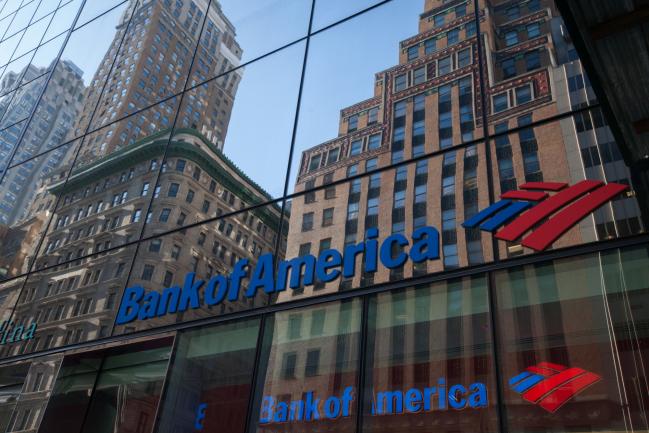(Bloomberg) -- A torrent of fund outflows has taken Bank of America Corp (NYSE:BAC).’s contrarian Bull & Bear Indicator to a two-year low, pushing it closer to a buy signal for risk assets.
Emerging-market equity, financials and investment-grade funds have suffered their biggest exodus since late 2016 as trade tensions and tighter monetary policy spur investors to separate the wheat from the chaff.
“At the moment, you’re seeing this unwind of the euphoria from January but nothing is so stretched that it’s a full buy signal,” Tommy Ricketts, a global investment strategist at the bank said by phone. “You’d have to see things really deteriorate.”
Investors pulled $7.7 billion from emerging-market equity and investment-grade credit funds in the week to June 20 since late 2016, according to BofA, citing EPFR Global data. Withdrawals from developing-nation and high-yield debt continued for the ninth and seventh consecutive week, respectively, reaching $3 billion combined.
All told, about $13 billion fled equities and $6 billion bonds, driven by mutual-fund outflows.
It’s a volte-face from early 2018 when the largest-ever allocation into stocks took the U.S. bank’s sell signal to highest since March 2013.
The Bull & Bear Indicator uses fund flows, positioning data and market technicals to quantify investor sentiment. This week it dropped to 2.9, with anything lower than 2 constituting a buy signal.
What would it take to break through that level? Further outflows, a tumble to less than 2650 for the S&P 500, compared with 2761 currently, or weak U.S. jobs data that disrupts the monetary trajectory, according to Bank of America.
“We remain bearish until then,” the strategists concluded in a note.
